Dirty Dozen: The Worst Tech Products of 2010
In 2010 so far we've reviewed close to 350 products and covered many more. While a few stood out as great and many more were at least solid, the year also brought us a handful of fail. Some of these clunkers fell way short of the competition while others were just bad ideas that had us wondering "what were they thinking?"
As you look over this list, you'll notice a few trends. We've included four tablets because the unfortunate result of the iPad's success has been an avalanche of craptastic copycats. We've also seen a fair share of dumb smart phones and eReader duds.
Without further a complaint, here's the worst of 2010:
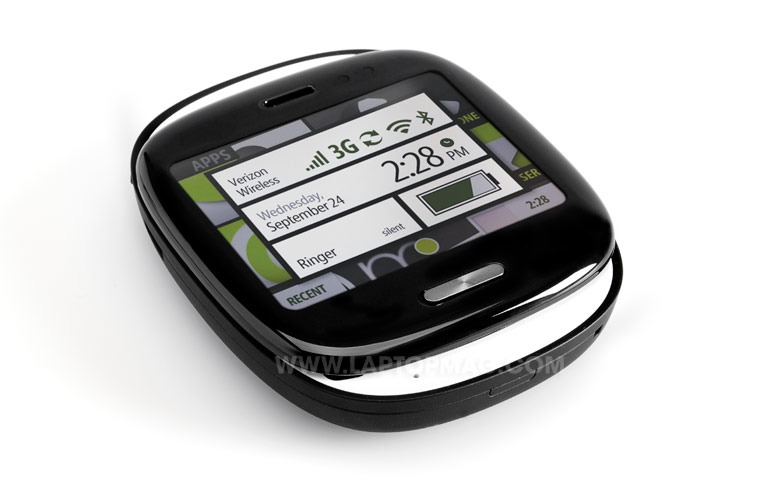
Microsoft KIN
In an era where everyone wants a smart phone, who would buy a dumbed-down handset that has no apps, provides a terrible browsing experience on its tiny screen, and a UI that makes users jump through silly hoops like dragging photos onto a tiny green circle just to share them?
Teenagers and young adult hipsters would flock to KIN in droves, Microsoft reasoned, and even pay the same data fees Verizon charges for its Droids. Fortunately, consumers aren't stupid. The product was pulled from the market in just 48 days.
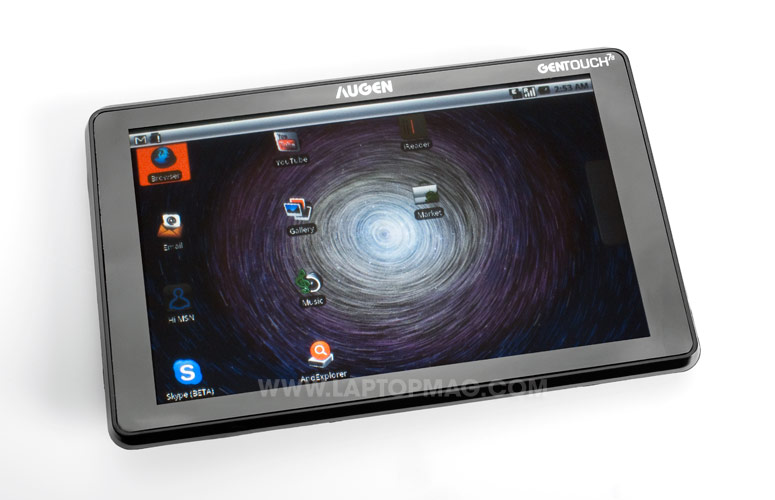
Augen GenTouch78
When Kmart quietly began selling the $150 Augen Gentouch78, a few media outlets trumpeted it as the arrival of a new age, with CNN even saying that it could "narrow the digital divide." However, this craptastic 7-inch Android slate only managed to divide Kmart shoppers from their money by combining the world's most resistive touchscreen with an unauthorized and non-working copy of the Android Market.
Stay in the know with Laptop Mag
Get our in-depth reviews, helpful tips, great deals, and the biggest news stories delivered to your inbox.
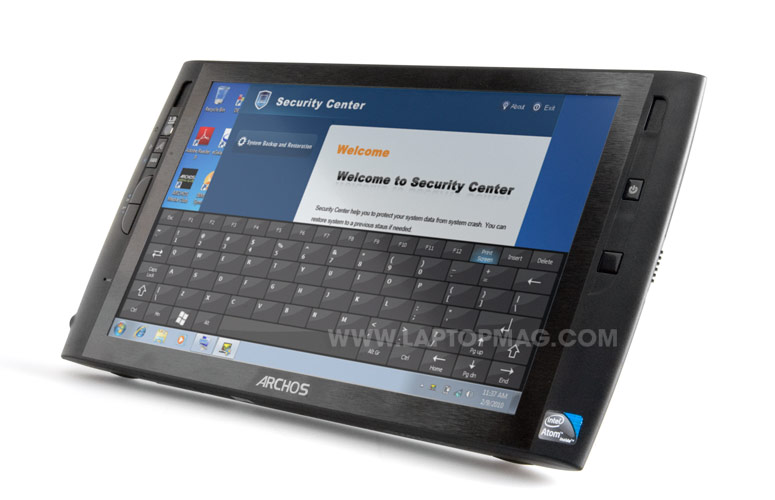
Archos 9 PCTablet
Try as we might, we can't forget this easy-to-put-down 9-inch slate, which combined glacial Windows 7 performance with short battery life. Worse still, the sides of the device reached a searing 122-degrees Fahrenheit right at the spot where you put your fingers. That's enough to make us drop it like it's hot.
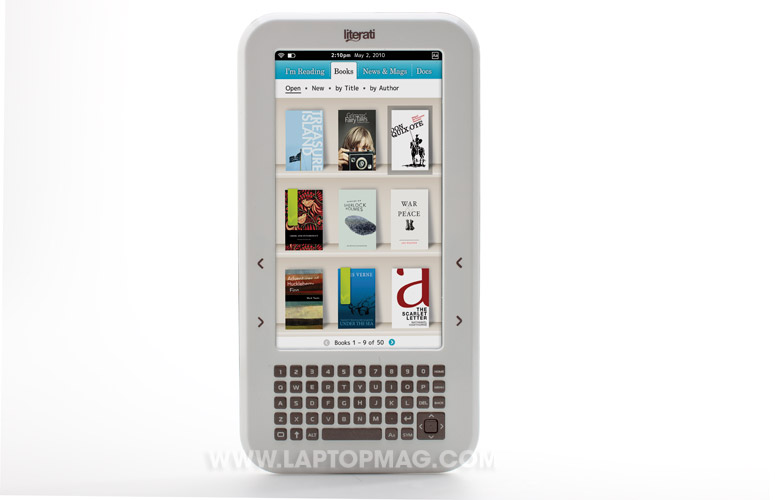
Literati eReader
Just visit any Bed Bath & Beyond and you'll find the Literati by The Sharper Image, a color 7-inch device, nestled between the foot massagers and steam cleaners. Keep on walking. If you can get past the clunky design, you'll find a special treat in the sluggish software, stiff keyboard, and page turn buttons that work only some of the time. Add in a Wi-Fi connection that forgets your settings almost like it's pulling a practical joke and you have a winner.
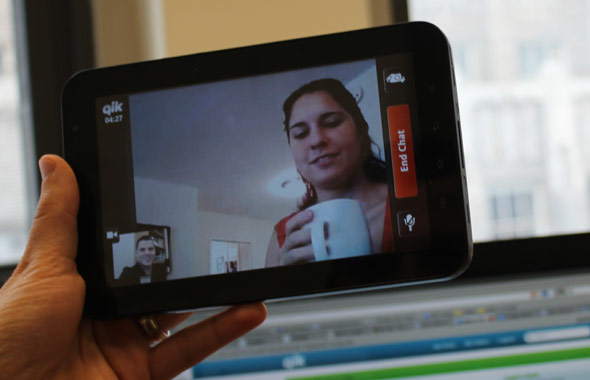
Qik Video Chat
This year, the iPhone 4's FaceTime feature enabled smart phone users to conduct live, high-quality video chats for the first time. Unfortunately, Android users were saddled with Qik, which should be renamed "slow," while Skype and Google both sat idle.
The application's many problems include slideshow-like framerates, grainy images, and frequently dropped connections -- over both Wi-Fi and 3G. By the time Qik gets better, Google Talk will probably have video call support built in.
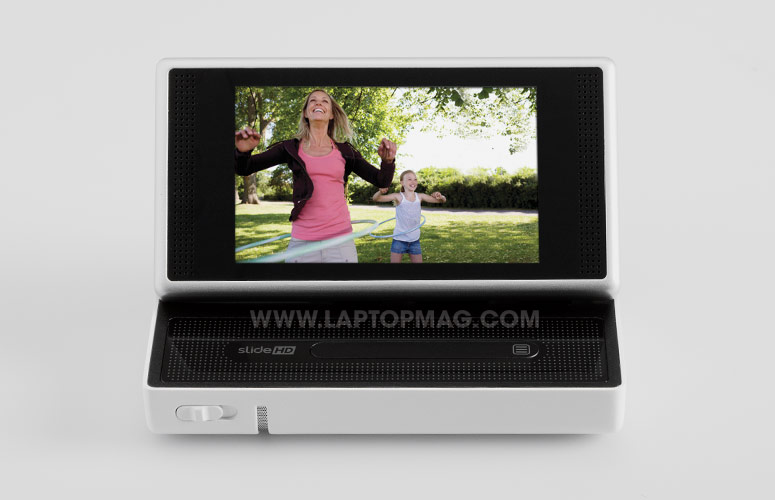
Cisco Flip SlideHD
Why just shoot video with your Flip camera when you can watch it on tiny, difficult-to use resistive touchscreen that adds nearly $100 to your camera's price? The Slide HD takes the same video and provides the same amount of storage as other Flips. However, it suffers from a bulky design and confusing interface that involves both a touchscreen and a touch strip beneath the display, which does things a touchscreen should do, leading to a lot of confusion. Cisco, what were you thinking?
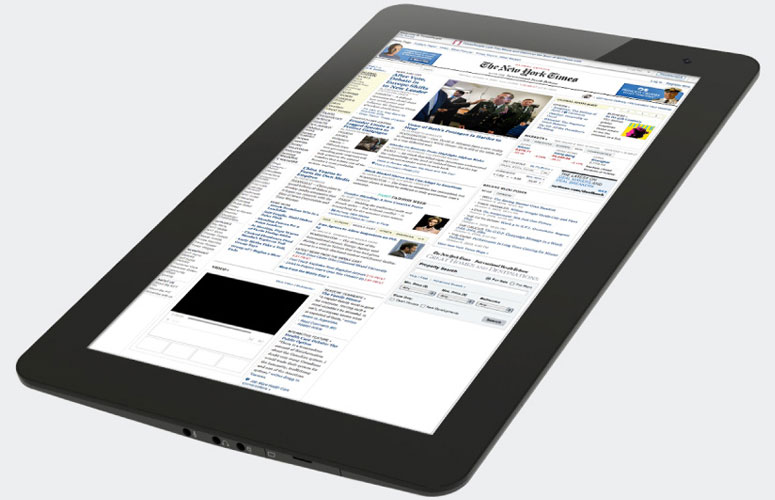
JooJoo Tablet
Once known as the Crunchpad, the JooJoo started life as a collaboration between tech pundit Michael Arrington of Techcrunch and a small hardware company called Fusion Garage. After months of hype, Fusion Garage decided to go it alone and rename the product just a few weeks before launch. All hype aside, the heavy 12-inch device suffered from awful battery life (2.5 hours), a lack of apps, and terrible Flash performance. The company wisely discontinued sales to consumers last month.
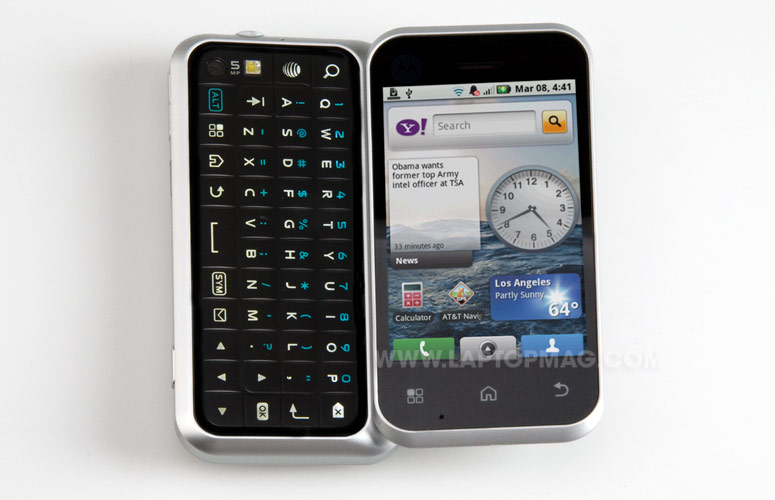
Motorola Backflip
Android fans may have been intrigued by the Backflip's reverse-flip design and unique touchpad. But hopefully they knew better and avoided this phone's dated Android 1.5 OS, low-resolution screen, slow CPU, and lack of multitouch support. The design itself was just awkward to use, and a nice assortment of AT&T bloatware certainly didn't help, either.
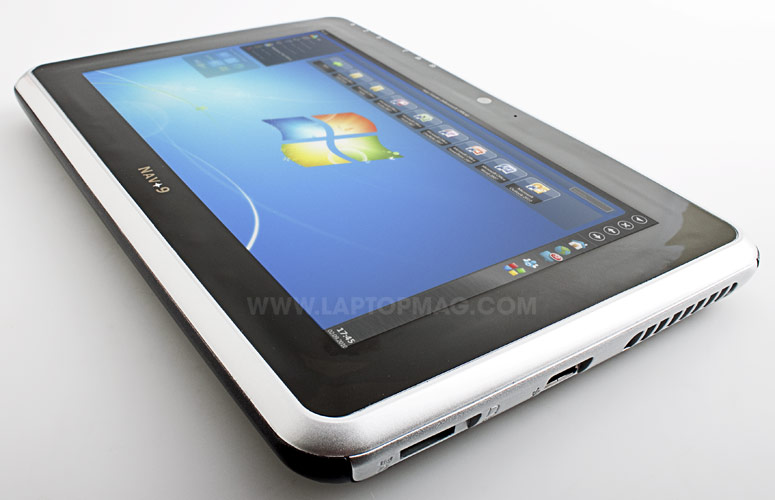
Netbook Navigator Nav 9 Slate
In a category full of Windows 7 tablet clunkers, the Nav 9 stood out for its awful performance, outrageous pricing, and the level of marketing bravado exhibited by its maker. Before launch, the inappropriately-named Netbook Navigator company released a video boldly comparing its product to the iPad. When your slate starts at $599 without an OS installed you have a pretty steep hill to climb. A resistive touchscreen that squeaks when you click it and 2.5 hours of battery life don't an iPad or even an Archos 9-killer make.
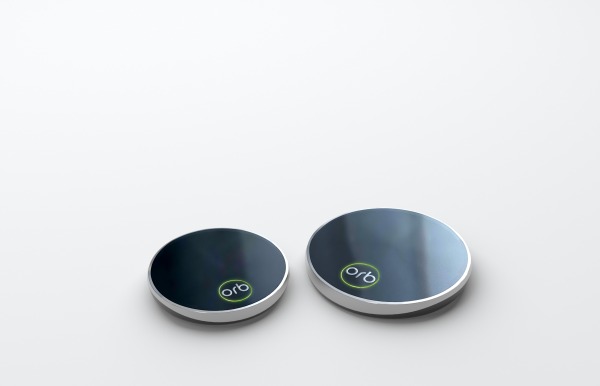
Orb TV Set Top Box
For $99 or less you can buy a Roku box that lets you stream full HD video from services like Netflix, Amazon, and Hulu Plus. Or you can get the puck-shaped Orb TV, which lets you access more content but lacks an HDMI-out port, makes you go through a complex pairing process with your notebook, and outputs mediocre video at best. But hey, it makes a great coaster!
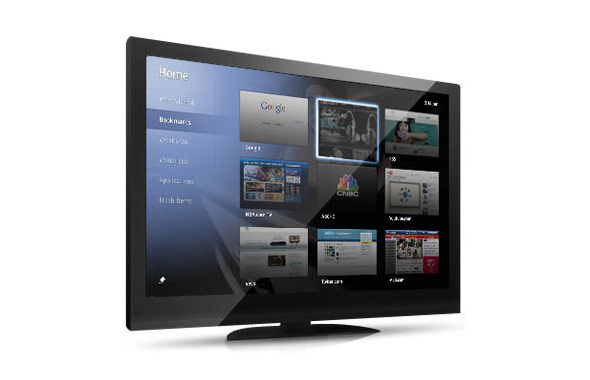
Google TV
Google’s ultimate couch potato platform launched with a lot of fanfare, building on the Android OS to provide a slick UI that provides powerful search capability, custom apps, and a decent web surfing experience. However, the major broadcasters (CBS, NBC, ABC, Fox) and Hulu all blocked access to their content, and DVR integration is limited to only Dish network subscribers. All of this—plus a kludgy remote control-keyboard combo--made both the Google TV-powered Logitech Revue ($299) and Sony TVs based on the platform a tough sell. We’ll take Apple TV or Roku for $100, Alex.
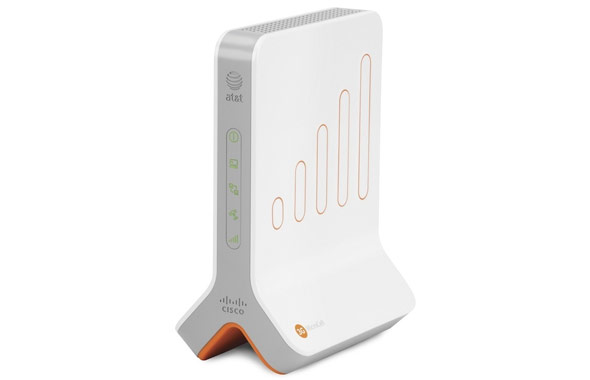
AT&T 3G MicroCell
Injury, meet insult. Even after carpet bombing America with Luke Wilson commercials, AT&T couldn’t shake its reputation as the “dropped call” network. So many saw it as an admission of guilt when the company released the 3G MicroCell, a $150 wireless device that promises to improve your reception by leveraging your home Internet connection. While the MicroCell mostly works as advertised, asking users to buy a $150 accessory, bring their own connectivity, and still pay AT&T for the minutes they use is the definition of chutzpah.

